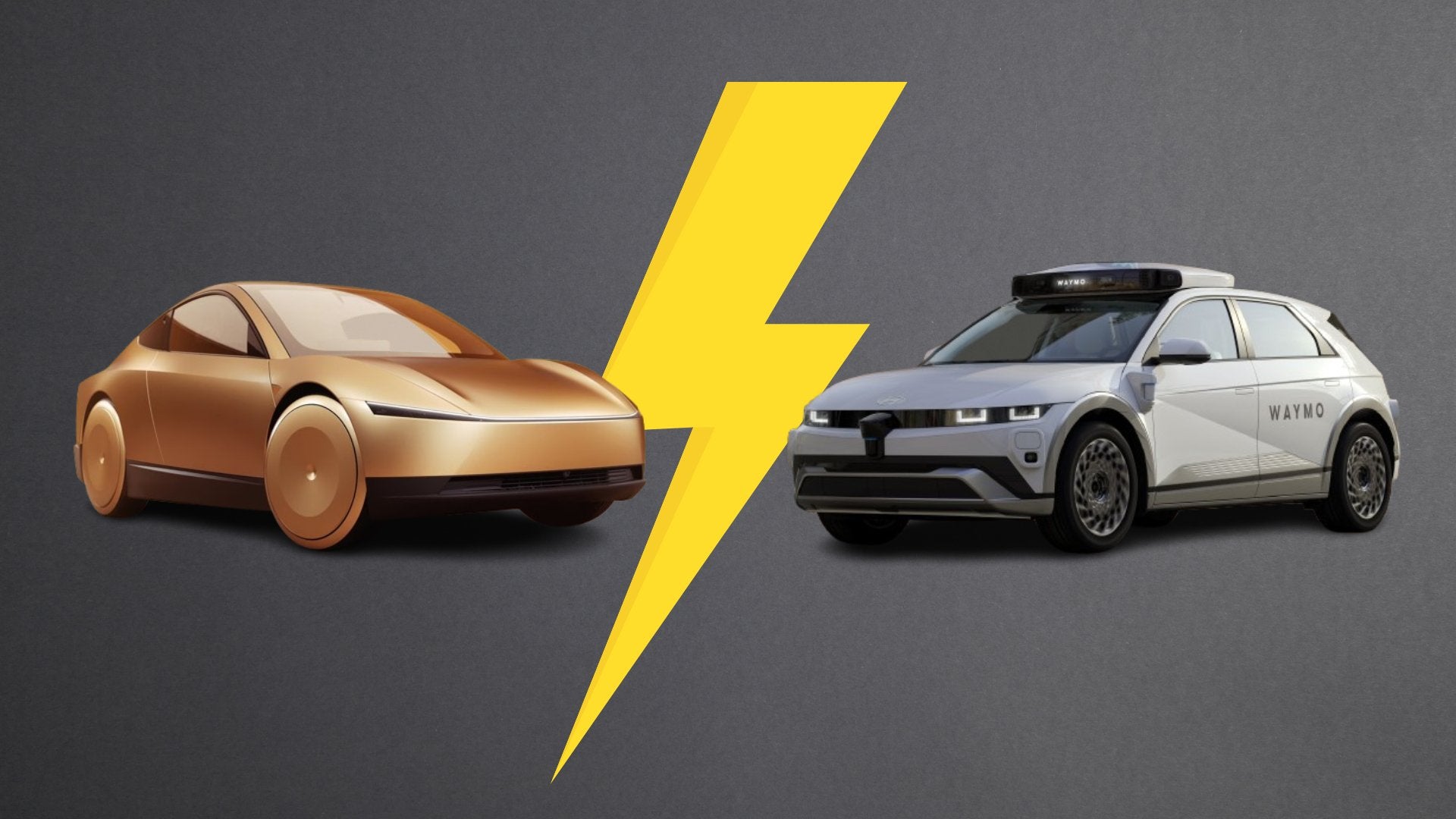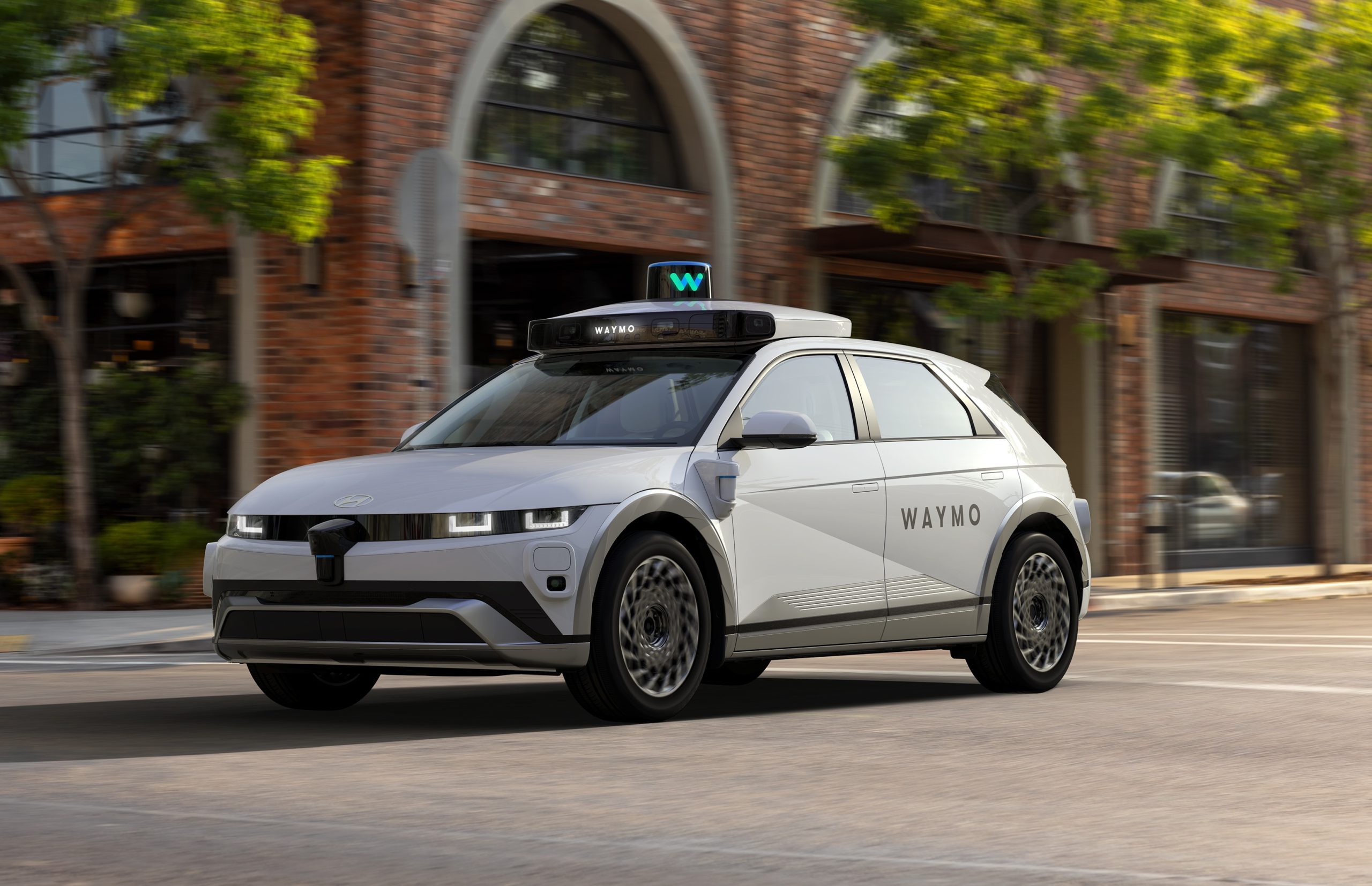Let’s break down our questions about Tesla’s Full Self-Driving (FSD) program, addressing the reasons for its false starts, Elon Musk’s management style, the major challenges in achieving FSD, which company is most likely to achieve it first, and a realistic timeline for true FSD.
Why Has Tesla’s Full Self-Driving Had So Many False Starts?
Tesla’s FSD has faced repeated delays and unmet promises primarily due to a combination of technical, strategic, and leadership-related factors:
- Overambitious Timelines and Promises: Since 2016, Elon Musk has repeatedly claimed FSD was just a year or two away, starting with a promise of a coast-to-coast autonomous drive by 2017. These timelines were unrealistic given the complexity of achieving SAE Level 4 or 5 autonomy, which requires vehicles to drive without human intervention in all conditions. For example, in 2019, Musk predicted 1 million robotaxis by 2020, a goal that didn’t materialize. These claims often lacked grounding in the actual state of the technology, leading to public perception of “false starts.”
- Vision-Only Approach: Tesla’s decision to rely solely on cameras and AI (Tesla Vision) rather than a combination of sensors like LIDAR, radar, and detailed maps, as used by competitors like Waymo, has been both a strength and a limitation. Musk argues that cameras mimic human vision, making them sufficient and cost-effective, but experts like Phil Koopman from Carnegie Mellon argue that machine learning based on cameras struggles with depth perception and situational understanding compared to systems using LIDAR. This approach has led to slower progress in handling edge cases like construction zones or erratic human drivers.
- Hardware Limitations: Musk claimed in 2016 that Tesla vehicles had the hardware for full autonomy, but by 2025, he admitted that Hardware 3 (used in vehicles from 2019–2023) requires upgrades for unsupervised FSD. Earlier hardware (2.0 and 2.5) was also insufficient, requiring retrofits. This misjudgment delayed progress and frustrated customers who paid up to $15,000 for FSD, expecting it to be “feature-complete” with software updates alone.
- Software Development Challenges: FSD relies on neural networks trained on vast datasets, requiring Tesla workers to label images (e.g., stop signs, pedestrians) to improve the AI’s decision-making. However, the software still struggles with routine tasks like navigating roundabouts or avoiding obstacles, as seen in incidents where FSD-equipped vehicles ran red lights or hit emergency vehicles. The gap between Tesla’s current Level 2+ system (requiring driver supervision) and true Level 4 autonomy (no human intervention) remains significant, with metrics like miles between critical disengagements showing only incremental progress (e.g., 493 miles in FSD v13 vs. the 670,000 miles needed to match human safety levels).
- Workplace and Management Issues: Former Tesla employees have cited Musk’s erratic leadership and aggressive cost-cutting as contributors to delays. For instance, the decision to eliminate radar in 2020 to reduce costs was criticized for deviating from industry standards, forcing reliance on less mature camera-based systems. Additionally, intense workplace monitoring and high employee turnover, including the departure of key figures like Andrej Karpathy, Tesla’s former AI director, have slowed development.
- Regulatory and Safety Scrutiny: Tesla’s FSD has faced investigations from the NHTSA and SEC for potential fraud in marketing, especially after a 2016 staged video falsely implied a Tesla was fully autonomous. Crashes involving FSD and Autopilot, some fatal, have raised safety concerns, further complicating deployment.
Why Is This Time Different, or Is It?
Tesla’s latest push, with plans for a geo-fenced, teleoperation-assisted robotaxi service in Austin starting June 2025, differs from past promises in a few ways but still faces skepticism:
- Shift in Strategy: Tesla is pivoting from promising unsupervised FSD in consumer vehicles to a limited ride-hailing service using Model Ys with teleoperation support in a controlled area. This approach mirrors Waymo’s model but is less ambitious than Musk’s earlier claims of universal autonomy. It’s a pragmatic move to claim a “win” without delivering on the full promise of unsupervised FSD.
- Incremental Progress: FSD v13 shows a 2.7x improvement in miles between critical disengagements (493 miles), but this is far from the 670,000 miles needed for unsupervised driving. Musk’s claim of “exponential improvement” has been debunked as misleading, as progress has been linear at best. The reliance on teleoperation for the Austin pilot suggests Tesla is still far from true autonomy.
- Skepticism Persists: Experts like Phil Koopman argue that Tesla’s vision-only system is fundamentally limited, and Ashok Elluswamy, Tesla’s head of autonomy, admitted in 2025 that Tesla lags Waymo by “a couple of years.” Without significant hardware or software breakthroughs, this attempt may repeat past cycles of hype and delay.
In short, while Tesla’s pivot to a geo-fenced service is a more achievable goal, it’s not the unsupervised FSD promised for consumer vehicles. The pattern of overpromising suggests this may not be fundamentally different unless Tesla addresses its technical and strategic shortcomings.
What Do Musk’s Statements Reveal About His Management Style?
Musk’s repeated claims that FSD is “two years away” reflect a management style characterized by:
- Pathological Optimism: Musk describes himself as “pathologically optimistic,” setting aggressive timelines to inspire his team and investors. However, this often leads to unrealistic expectations, as he underestimates the complexity of autonomy. For example, his 2016 claim that Level 5 autonomy was a “solved problem” ignored the technical reality.
- Hands-On but Disconnected: Musk is deeply involved in technical decisions, such as pushing for a vision-only approach, but former employees suggest he doesn’t always align his public statements with engineering realities. His claim that Hardware 3 was sufficient, contradicted by the 2025 admission of needed upgrades, indicates a disconnect from the team’s progress reports.
- Risk-Taking and Disruption: Musk’s style prioritizes bold bets, like rejecting LIDAR, to differentiate Tesla and reduce costs. While this has driven innovation (e.g., Tesla’s early lead in EVs), it has also led to setbacks, such as the radar removal, which forced engineers to rework systems under pressure.
- Marketing Over Substance: Musk’s promises often serve as marketing tools to boost Tesla’s stock and sales, with FSD priced at $8,000–$15,000 despite being incomplete. Critics argue this borders on fraud, as seen in lawsuits over false advertising. His tendency to prioritize hype over delivery has damaged credibility.
- Pressure on Teams: Musk’s aggressive deadlines create a high-pressure environment, leading to burnout and turnover. The installation of workplace monitoring software to track image-labeling productivity alienated workers, and key departures like Karpathy’s suggest retention challenges.
Musk likely communicates with his team but filters their feedback through his optimistic lens, leading to public statements that don’t reflect the ground truth. His style drives innovation but risks overpromising and underdelivering.
Major Challenges in FSD
Achieving true FSD (Level 4 or 5 autonomy) involves overcoming significant hurdles:
- Technical Complexity: Autonomous driving requires solving edge cases like construction zones, bad weather, or erratic human drivers. Tesla’s camera-only system struggles with depth perception and contextual understanding, as it relies on statistical analysis rather than human-like reasoning.
- Safety and Reliability: To match human safety, FSD must achieve 670,000 miles between critical interventions, per NHTSA data. Tesla’s current 493 miles (FSD v13) is orders of magnitude short, and incidents like running red lights highlight reliability gaps.
- Regulatory Hurdles: Deploying unsupervised FSD or robotaxis requires state and federal approvals, which are slow and vary by jurisdiction. A vehicle without a steering wheel, like the Cybercab, faces additional scrutiny. Tesla lacks permits for driverless testing in California, complicating its Austin pilot.
- Data and Training: FSD relies on massive datasets for training neural networks. Labeling errors or insufficient data for rare scenarios (e.g., wildlife encounters) limit progress. Tesla’s scale of vehicle production provides data advantages, but competitors like Waymo have more mature training pipelines.
- Hardware Constraints: Upgrading Hardware 3 vehicles for unsupervised FSD is costly and logistically challenging. Tesla’s pivot to Hardware 4 suggests earlier promises were overstated, and retrofitting millions of vehicles is impractical.
- Public Trust and Legal Risks: Repeated delays and safety incidents have eroded trust, with lawsuits alleging fraud over FSD marketing. Regulatory probes into crashes further complicate deployment.
Which Company Is Most Likely to Get There First, and Why?
Waymo is the most likely to achieve scalable Level 4 autonomy first, for several reasons:
- Proven Track Record: Waymo has operated driverless ride-hailing services in multiple U.S. cities (e.g., Phoenix, San Francisco, Austin) since 2020, completing over 250,000 paid rides weekly. Its systems are already Level 4 in geo-fenced areas, far ahead of Tesla’s Level 2+ FSD.
- Robust Sensor Suite: Waymo uses LIDAR, radar, and cameras, providing redundant data for better safety and reliability. This contrasts with Tesla’s camera-only approach, which experts criticize for limitations in edge cases.
- Mature Software and Maps: Waymo’s detailed mapping and extensive testing in controlled environments allow it to handle complex scenarios better than Tesla’s generalized approach. Its teleoperation support further ensures safety.
- Regulatory Progress: Waymo has secured permits for driverless operations in multiple states, while Tesla still faces regulatory barriers, especially for unsupervised FSD or Cybercab deployment.
- Focused Strategy: Unlike Tesla’s consumer-vehicle focus, Waymo prioritizes ride-hailing in controlled areas, reducing the scope of variables it must solve. This makes scaling Level 4 autonomy more feasible.
Other contenders like Cruise (GM-backed) and Zoox (Amazon) are also advancing but lag behind Waymo due to smaller scale or recent setbacks (e.g., Cruise’s 2023 incident-related pause). Tesla’s data advantage from its large fleet could help it catch up, but its vision-only approach and regulatory challenges make it less likely to lead.
How Many Years Before We Have FSD?
True FSD (Level 4 or 5 autonomy) across all environments is likely 5–10 years away for widespread consumer use, based on current progress and expert consensus:
- Waymo’s Timeline: Waymo is already at Level 4 in geo-fenced areas and could scale to more cities within 2–3 years, assuming regulatory and technical progress continues. However, Level 5 (anywhere, anytime) remains elusive due to edge cases and regulatory hurdles.
- Tesla’s Timeline: Tesla’s Austin pilot in June 2025 will likely rely on teleoperation and geo-fencing, not unsupervised FSD. Achieving 670,000 miles between interventions requires exponential improvements unlikely within Musk’s claimed Q2 2025 timeline. A realistic estimate for Tesla’s unsupervised FSD is 5–7 years, assuming hardware upgrades and software breakthroughs.
- Industry Consensus: Experts like Phil Koopman and Raj Rajkumar suggest Level 5 autonomy is a decade or more away due to the need for near-AGI-level intelligence to handle all scenarios. Level 4 in controlled settings is closer, with Waymo leading.
Conclusion
Tesla’s FSD has faced false starts due to Musk’s overoptimistic timelines, a risky vision-only approach, hardware missteps, and intense workplace pressures. His management style—optimistic, risk-taking, and marketing-driven—has fueled hype but alienated engineers and eroded trust. While Tesla’s pivot to a geo-fenced robotaxi service is a step forward, it’s not the unsupervised FSD promised, and Waymo is far ahead due to its robust technology and proven deployment. True FSD (Level 4/5) is likely 5–10 years away, with Waymo best positioned to scale first. Tesla could catch up with its data advantage, but only if it overcomes its technical and regulatory challenges. For now, Musk’s “two years away” remains a cautionary tale of ambition outpacing reality.
Why Has Tesla’s Full Self-Driving Had So Many False Starts? https://t.co/j9mh6yR3gK
— Paramendra Kumar Bhagat (@paramendra) May 29, 2025



No comments:
Post a Comment